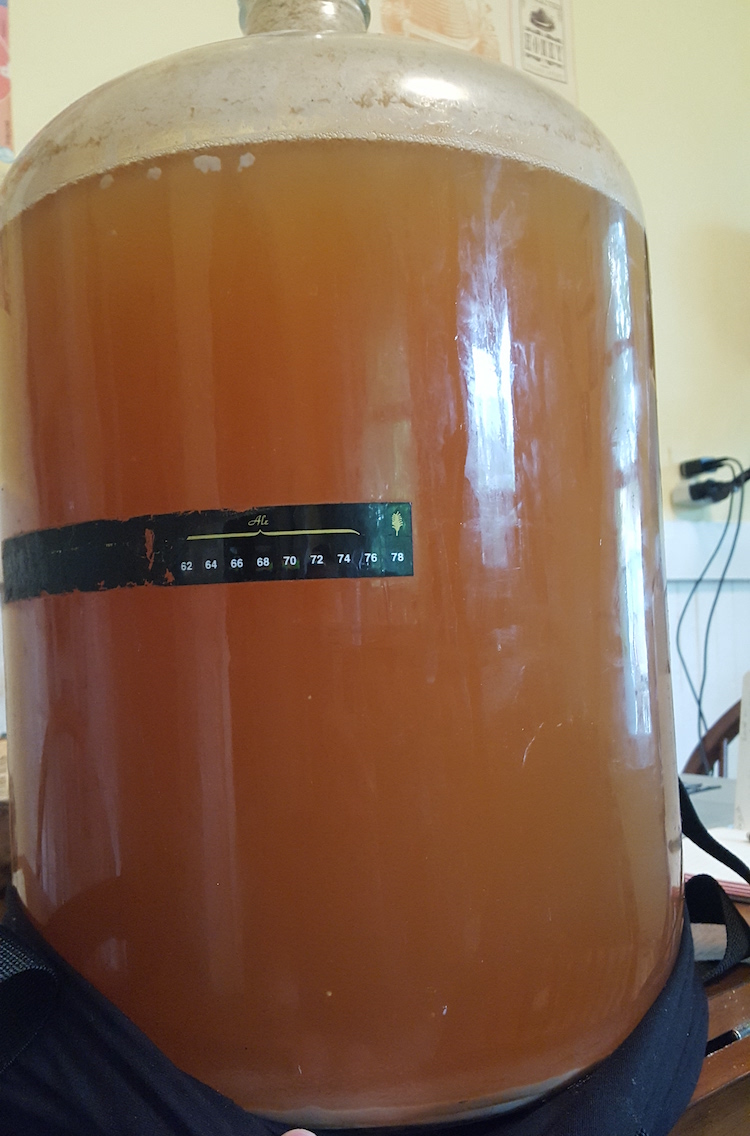hlmbrwng
Well-Known Member
I know that this has been discussed before: should i rack off of trub for a long-aging sour.
I am brewing today and have been thinking about the 5 gal versus 6 gal carboys. I was planning on using a 6 gallon carboy, but that was with the idea that I would rack after a month into a 5 gallon. I am pitching sacc, brett, lacto all at the same time. Because of this, I am worried about racking to another carboy and having a lot of oxygen exposure and risk having a highly acidic beer. I have read of those doing this, went primary fermentation isn't just sacc.
If I shouldn't move to another carboy, I'm thinking I should just use a 5 gal carboy and minimize headspace. But, if it is okay to move to secondary after a month or so, when the sacc has finished its thing, then I would first use a 6 gal, allowing some room for the fermentation process, then moving to 5 gal.
Should I only use 1 carboy? Or move to secondary and just try to minimize oxygen? I suppose something to consider is that I am using glass, and so the oxygen exposure will be minimal during the aging process. So maybe the exposure when racking to secondary isn't such a bad thing?
I am brewing today and have been thinking about the 5 gal versus 6 gal carboys. I was planning on using a 6 gallon carboy, but that was with the idea that I would rack after a month into a 5 gallon. I am pitching sacc, brett, lacto all at the same time. Because of this, I am worried about racking to another carboy and having a lot of oxygen exposure and risk having a highly acidic beer. I have read of those doing this, went primary fermentation isn't just sacc.
If I shouldn't move to another carboy, I'm thinking I should just use a 5 gal carboy and minimize headspace. But, if it is okay to move to secondary after a month or so, when the sacc has finished its thing, then I would first use a 6 gal, allowing some room for the fermentation process, then moving to 5 gal.
Should I only use 1 carboy? Or move to secondary and just try to minimize oxygen? I suppose something to consider is that I am using glass, and so the oxygen exposure will be minimal during the aging process. So maybe the exposure when racking to secondary isn't such a bad thing?



